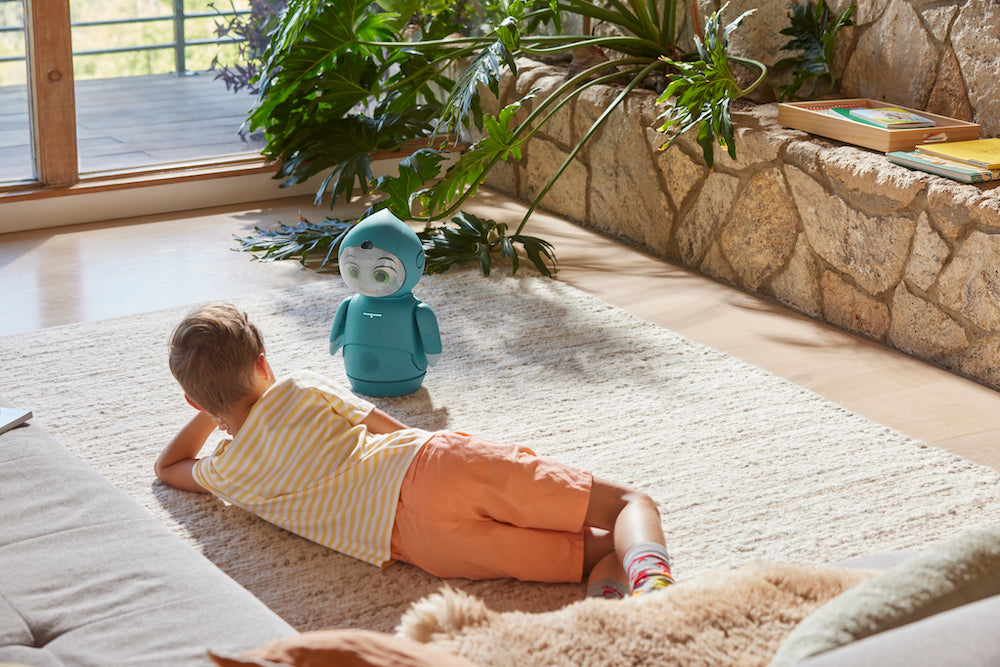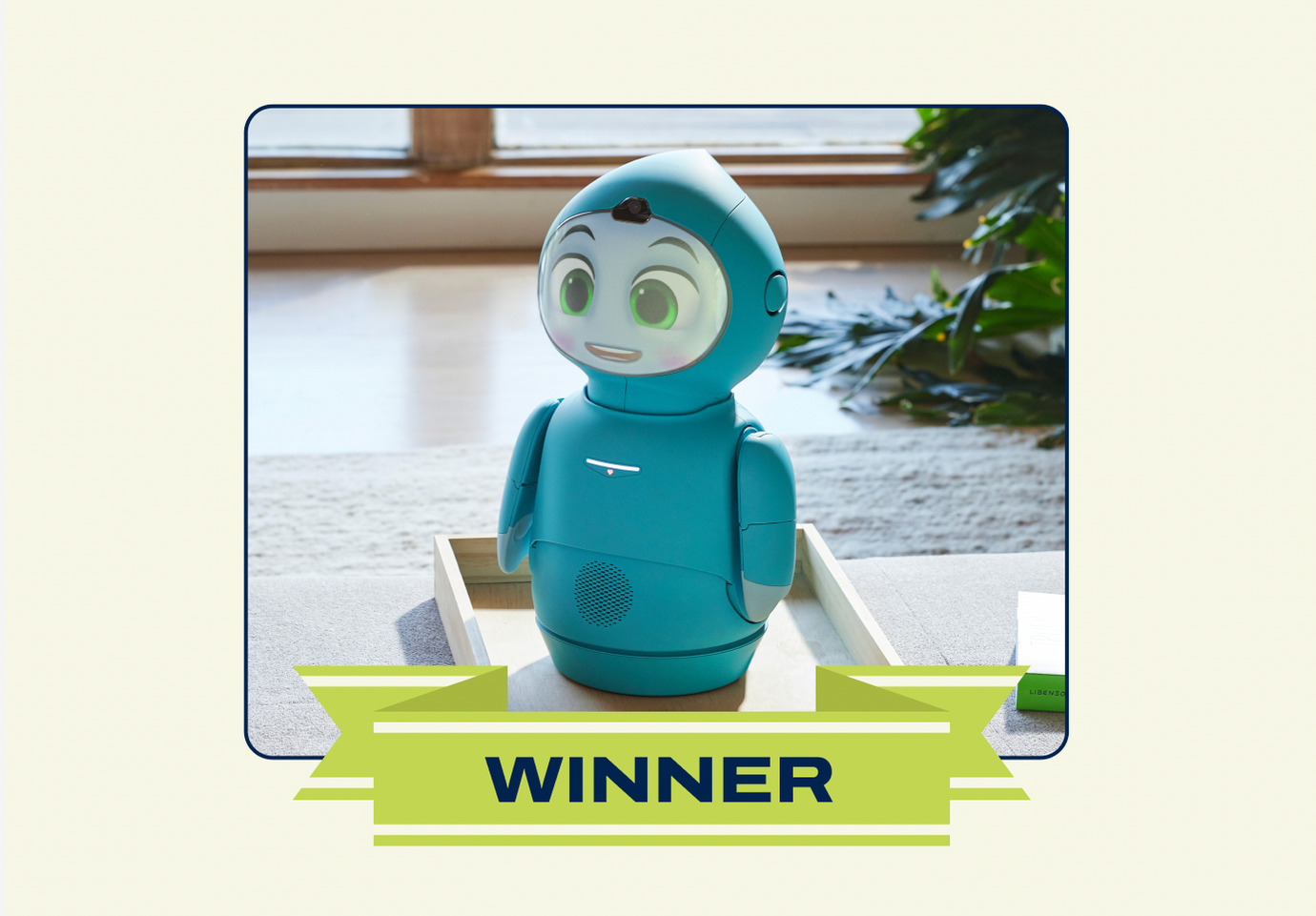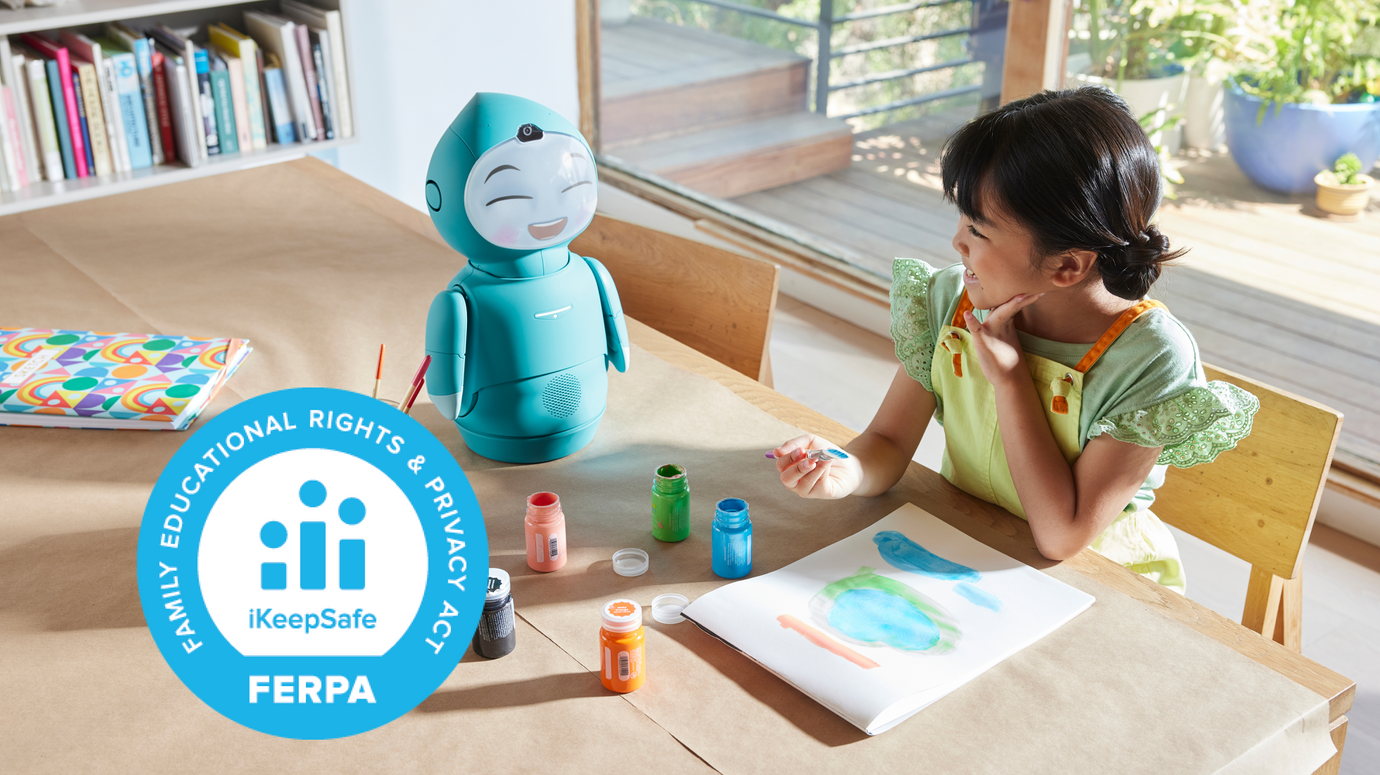Helping Your Child Manage Anger

When interacting with Moxie, your child will be encouraged to open up about their feelings and introduced to tools to manage their emotions. You can continue the learning your child is doing with Moxie and support them at home when they are feeling angry by:
Working on Communication
Giving your child the words to describe their emotions can help them communicate how they are feeling in the future. This helps emotions feel less overwhelming and gives your child a way to ask for support. If you notice that your child is feeling angry, try saying the following:
“It looks like you are feeling angry right now. Would you like to talk about how you are feeling?”
If your child doesn’t want to talk about how they are feeling, that is okay. You can ask them if they would like some space, or suggest a calming strategy.
Understanding where your child’s anger is coming from is also important. Children sometimes express feelings of anger due to not being able to cope with stress, anxiety, or worry. There may be more going on than just the immediate trigger.
Managing Big Feelings
Here are some regulation tools you can teach your child to use when they are feeling angry:
-
Animal Breathing: Your child has already done Animal Breathing with Moxie!
Ask your child to show you one of the animal breaths, or just say, “Moxie, let’s do Animal Breathing.” Good animal breaths for anger are Lion Breaths, Dragon Breaths, and Bear Breaths.
- Stop and Count: When your child feels like their anger is starting to get out of control, help them to stop and count to 10. It can help to clench and unclench their fists while they are counting to ease tension.
- Privacy Please: Teach your child to communicate if they need some alone time to calm down. Have a calm place in the home where they can go to cool off.
Expressing Anger Safely
Sometimes feelings of anger can lead to meltdowns, and some children express their anger by getting physical. It can feel overwhelming when a child is hitting, kicking, or screaming. Here are some tips to help manage intense feelings of anger:
- Help your child recognize when they are feeling angry before it leads to a meltdown. Talk with your child about how anger feels in the body. Share your own experiences with anger and how it feels for you.
- If a meltdown happens, it is important to stay calm and try not to react or further escalate the situation. Keep your voice and body language neutral.
- Avoid asking too many questions when your child is dysregulated. Let them know that you are there to help and use a calming strategy as soon as possible.
- If your child hits, kicks, or screams, try and redirect them to safer ways of expressing their anger. Pillows are very useful tools. Your child can scream into the pillow, or punch/kick the pillow. Squeeze balls and toys can also be helpful to have on hand.
- Once your child is calm, talk to them about their feelings. If they were physical during a meltdown, you can let them know that you understand how their body was feeling, but maintain consistent boundaries and consequences. Remind them that there are other ways to express their feelings that are safer.
- Come up with a plan to help your child deal with feelings of anger before they get out of control. A volcano is a great analogy to use - feelings can build up, and if they aren’t managed then they can explode! Teach your child to communicate when their volcano is filling up and use regulation tools that work best for them.







